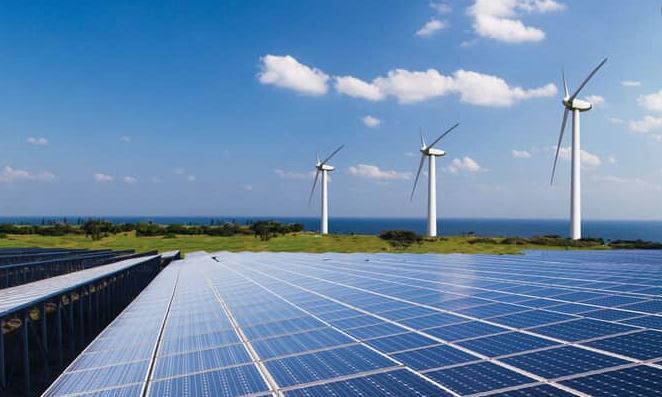3 Ways Technology is Changing the Energy Landscape
Technological developments are changing the way most people function in their personal and professional lives. Artificial intelligence, big data and the internet of things are transforming many industries worldwide; technology is also having a huge impact on the energy sector. Here are three major ways.

Deep-water Drilling
Mining for oil in deep waters provides more than 20 million barrels of crude oil per day; in the decade ending in 2015, that accounted for approximately 30% of total crude oil production in the world. Therefore, improvements in deep-water oil drilling can have far-reaching effects. More streamlined equipment such as deepwater Gulf of Mexico interventions allows for greater efficiency and safety. Companies like PRT Offshore, a firm founded by a team experienced in deep-water drilling operations, may be at the forefront of new systems used for drilling from conventional rigs and from modular derrick systems. As wells go farther from shore and sink deeper into the earth, drilling machinery must withstand more extreme conditions. Developments in electronic and computing components are reducing their vulnerability to high pressure and temperatures. When repairs are required, remote operation of a robotic apparatus is safer for workers than physically completing repairs underwater or near potentially hazardous materials. Increasingly sophisticated data capture often indicates where to drill more reliably than in the past, saving time and money.
Hydraulic Fracturing
Fracking, or hydraulic fracturing, is the process of injecting water and other substances into deposits of shale with the result of extracting oil and natural gas. The environmental effects may remain a subject of controversy, but there is no doubt it has contributed significantly to U.S. energy production. Within fracking operations, automation and remote monitoring systems provide more precise, targeted extraction. Fracking often taps into large reserves of natural gas, and using natural gas in place of oil and coal may prove to be a good bridge to switching to more environmentally sustainable energy sources.
Energy Recycling
You already know that recycling many goods can help save energy, but firms are now discovering that energy itself can be recycled. Many manufacturing facilities and large medical and university campuses waste significant amounts of energy in the processes used to heat and cool equipment. Harnessing this thermal energy and reusing it at the source of its initial generation is known as cogeneration or combined heat and power. A typical operation uses approximately 50% of the power it generates; cogeneration can increase energy efficiency to as high as 75% during normal operation, thereby saving institutions and their customers a great deal of power—and therefore money—over time.
